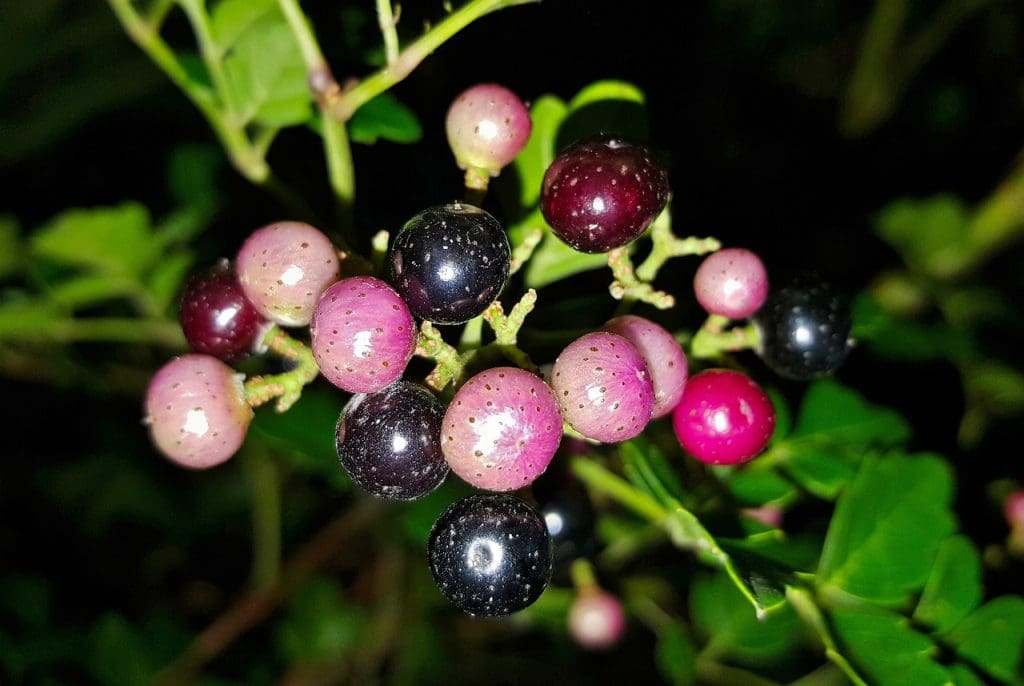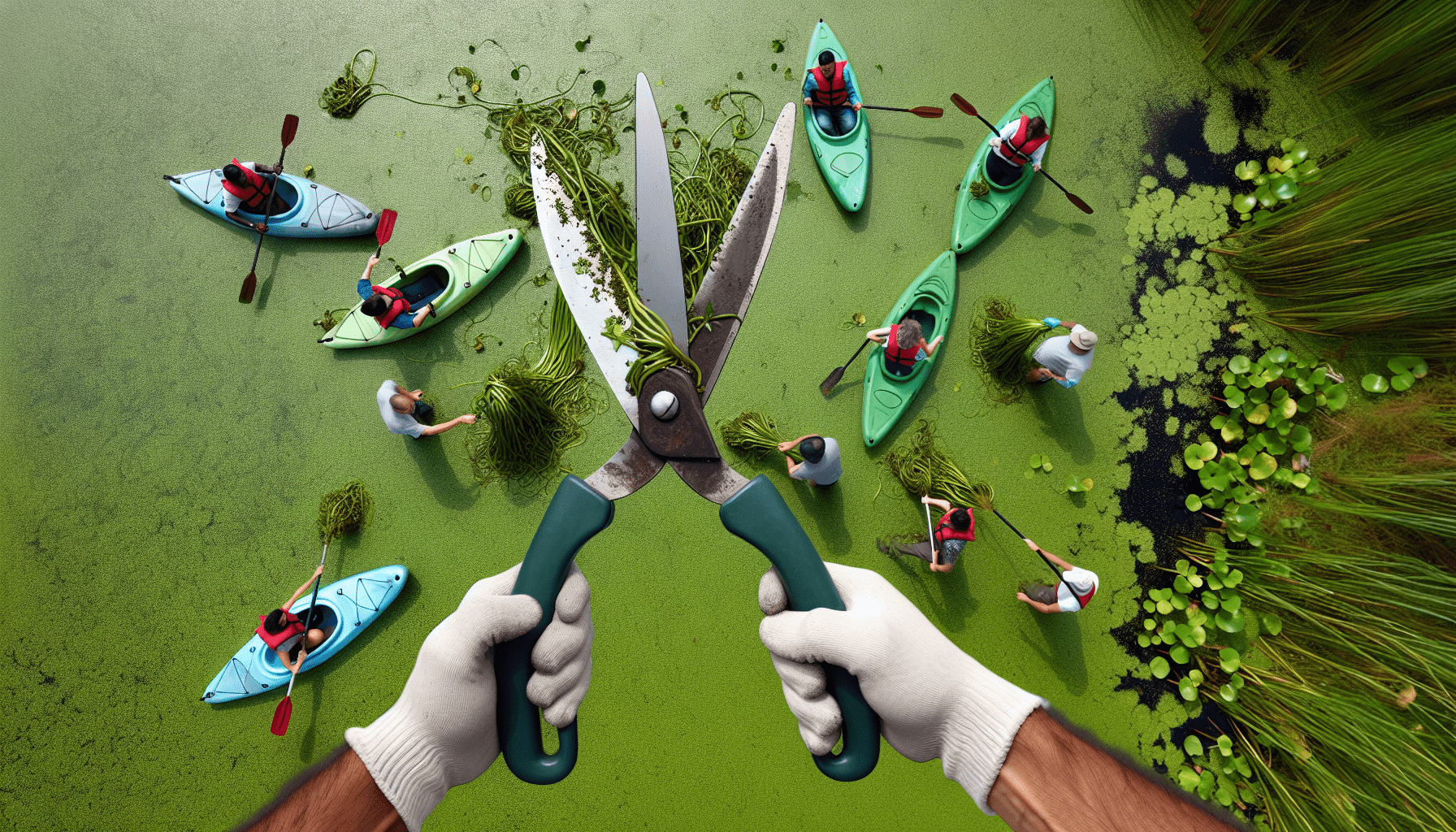Discover the best ways to tackle alligator weed with our curated list of top 10 control methods favored by community associations. You’ll get a comprehensive overview of effective strategies that range from natural solutions to chemical treatments, all tried and tested to keep your local environment thriving. Each method is designed to empower you with practical knowledge that can be easily implemented, ensuring your community stays beautiful and free from the invasive alligator weed. Dive in and find the perfect solution for maintaining your green spaces! Have you ever wondered how to manage alligator weed in your community? Keeping these invasive plants in check can be a daunting task, but it’s totally doable with some coordinated effort and the right strategies. In this article, we’re going to delve into the top 10 alligator weed control methods used by community associations. Whether you’re a board member, a volunteer, or just someone eager to protect your local ecosystem, this guide is here to help you navigate through effective solutions.

Understanding Alligator Weed
Before diving into control methods, it’s useful to understand what exactly you’re dealing with. Alligator weed (Alternanthera philoxeroides) is a particularly aggressive invasive species commonly found in water bodies, wetlands, and even lawns. Native to South America, this plant can rapidly dominate its surroundings, leading to substantial ecological and economic problems.

Why Control Alligator Weed?
Uncontrolled, alligator weed can choke waterways, disrupt native plant communities, reduce biodiversity, and even impact recreational activities like fishing and swimming. Additionally, it can harbor pests and diseases, posing further risks to both the environment and agriculture.

Top 10 Alligator Weed Control Methods
1. Manual Removal
Manual removal is often the first line of defense against alligator weed. Though labor-intensive, it’s a straightforward and effective approach, particularly for smaller infestations.
How to do it:
- Tools Needed: Gloves, shovels, and trash bags.
- Step-by-Step:
- Identify the infested areas.
- Pull out the weed, ensuring to remove as much root as possible.
- Dispose of the weed appropriately, often by bagging it and taking it to a designated disposal area.
Pros:
- Effective for small areas.
- Immediate results.
Cons:
- Labor-intensive.
- Risk of regrowth if roots are left behind.
2. Mechanical Control
Mechanical control involves the use of machinery and tools to remove or destroy alligator weed. This method is more suitable for larger infestations.
How to do it:
- Equipment Needed: Weed cutters, mowers, and aquatic weed harvesters.
- Step-by-Step:
- Identify the area for mechanical removal.
- Use appropriate machinery to cut and collect the weed.
- Ensure proper disposal of collected material.
Pros:
- Efficient for large areas.
- Can cover a lot of ground quickly.
Cons:
- Expensive due to equipment costs.
- May require specialized knowledge and skills to operate machinery.
3. Chemical Control
Chemical control uses herbicides to manage alligator weed. This method is effective but needs to be handled with caution to avoid environmental damage.
How to do it:
- Herbicides Commonly Used: Glyphosate (Roundup), 2, 4-D.
- Step-by-Step:
- Choose the right herbicide for your specific situation.
- Apply the herbicide following the manufacturer’s instructions.
- Repeat as necessary, usually after a few weeks.
Pros:
- Effective for both large and small infestations.
- Can be combined with other methods for better results.
Cons:
- Potential environmental impact.
- Risk of harming non-target species.
| Herbicide | Effectiveness | Application Time | Environmental Impact |
|---|---|---|---|
| Glyphosate | High | Spring/Summer | Moderate |
| 2, 4-D | Moderate | Spring | High |
4. Biological Control
Biological control involves the introduction of natural enemies to control the alligator weed population. This can include insects or aquatic animals that feed on the plant.
How to do it:
- Examples of Biological Agents:
- Agasicles hygrophila (Alligator Weed Flea Beetle)
- Vogtia malloi (Alligator Weed Stem Borer)
- Step-by-Step:
- Obtain the biological control agents from a reliable source.
- Release them in the infested area.
- Monitor the impact and adjust as needed.
Pros:
- Environment-friendly.
- Long-term solution.
Cons:
- Slow to take effect.
- Potential for unintended consequences.
5. Cultural Control
Cultural control involves altering the conditions to make the environment less favorable for alligator weed. This usually involves modifying water levels or improving soil conditions to disrupt the weed’s lifecycle.
How to do it:
- Strategies:
- Lowering water levels during dry seasons.
- Improving drainage.
- Step-by-Step:
- Assess the environmental conditions.
- Implement changes to make the habitat less welcoming to alligator weed.
- Monitor regularly and make adjustments as necessary.
Pros:
- Preventative approach.
- Can significantly reduce weed spread.
Cons:
- May require ongoing adjustments.
- Not always feasible in all settings.
6. Using Barriers
Barriers can be physical or chemical, designed to prevent the spread of alligator weed. This method is particularly useful for protecting specific areas like water channels, gardens, and farm lands.
How to do it:
- Types of Barriers: Floating booms, riparian buffers, and plastic sheeting.
- Step-by-Step:
- Identify the area to be protected.
- Install the barrier following the manufacturer’s guidelines.
- Regularly check and maintain the barrier.
Pros:
- Prevents spread to new areas.
- Can be a part of integrated weed management.
Cons:
- Requires constant maintenance.
- Can be costly.
7. Integrated Pest Management (IPM)
IPM combines multiple weed control methods to create a comprehensive strategy. The key here is to integrate different techniques in a way that complements each other for the best results.
How to do it:
- Components: Combine mechanical, chemical, biological, and cultural methods as needed.
- Step-by-Step:
- Assess the infestation level and environmental conditions.
- Develop a management plan incorporating various methods.
- Implement the plan and monitor results, making adjustments as needed.
Pros:
- Comprehensive and adaptable.
- Reduces reliance on any single method.
Cons:
- Complex to coordinate.
- Requires ongoing involvement and monitoring.
8. Environmental Restoration
After removing alligator weed, restoring the natural environment can help prevent re-infestation. This involves planting native species that can out-compete the weed.
How to do it:
- Native Plants Commonly Used: Reeds, native grasses, and water lilies.
- Step-by-Step:
- Clear the site of alligator weed.
- Plant native species suited to the area.
- Maintain and monitor the area to ensure establishment.
Pros:
- Promotes long-term ecological health.
- Can improve biodiversity.
Cons:
- Slow process.
- Initial high labor and material costs.
9. Public Awareness and Education
Raising community awareness about the importance of controlling alligator weed can encourage collective action. Educational programs can equip people with the knowledge and skills needed for effective management.
How to do it:
- Strategies: Workshops, informational flyers, and community meetings.
- Step-by-Step:
- Organize educational events.
- Distribute informative materials.
- Encourage community participation in control efforts.
Pros:
- Mobilizes community resources.
- Increases long-term success potential.
Cons:
- Requires ongoing effort.
- May face initial resistance or lack of interest.
10. Regular Monitoring
Regular monitoring is essential to catch new infestations early and ensure that control measures are effective. This method involves routine inspections of areas prone to alligator weed.
How to do it:
- Tools Needed: Cameras, GPS devices, and data recording sheets.
- Step-by-Step:
- Schedule regular inspection dates.
- Train volunteers or staff to identify alligator weed.
- Record observations and take action when needed.
Pros:
- Early detection of new infestations.
- Helps in the timely application of control measures.
Cons:
- Time-consuming.
- Requires dedicated personnel.

Conclusion
Alligator weed is a formidable foe, but with the right approach, it’s certainly controllable. Community associations have myriad methods at their disposal, ranging from manual and mechanical removal to more integrated and ecological approaches. By combining these methods, monitoring progress, and raising awareness, you can keep your community’s environment thriving and healthy. Remember, the key is persistence and adaptability—sometimes you’ll need to employ more than one method to get the best results.
So, are you ready to tackle the alligator weed in your community? With the knowledge you’ve gained from these top 10 methods, you’re well-prepared to take on this challenge. Happy weed controlling!

